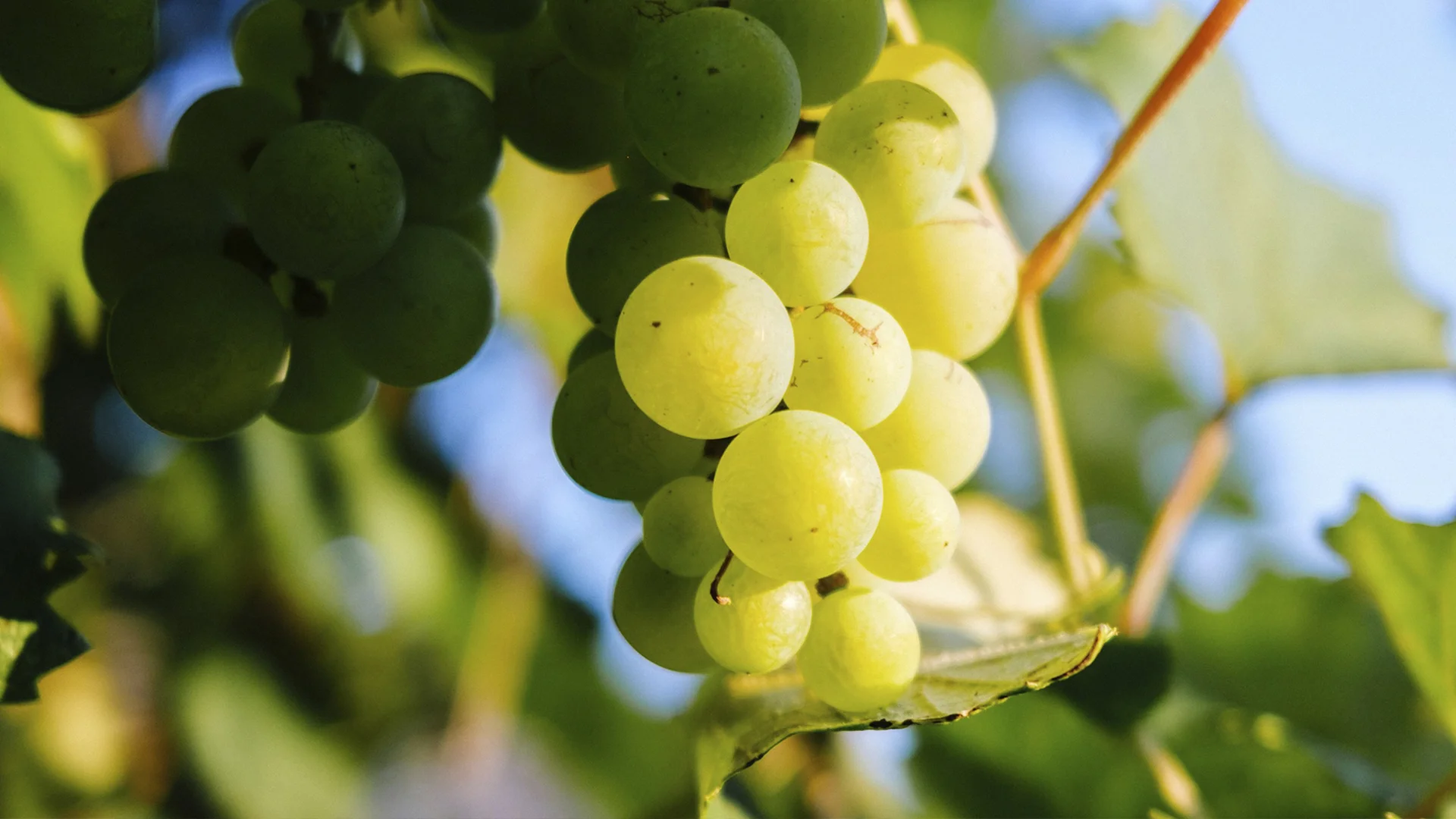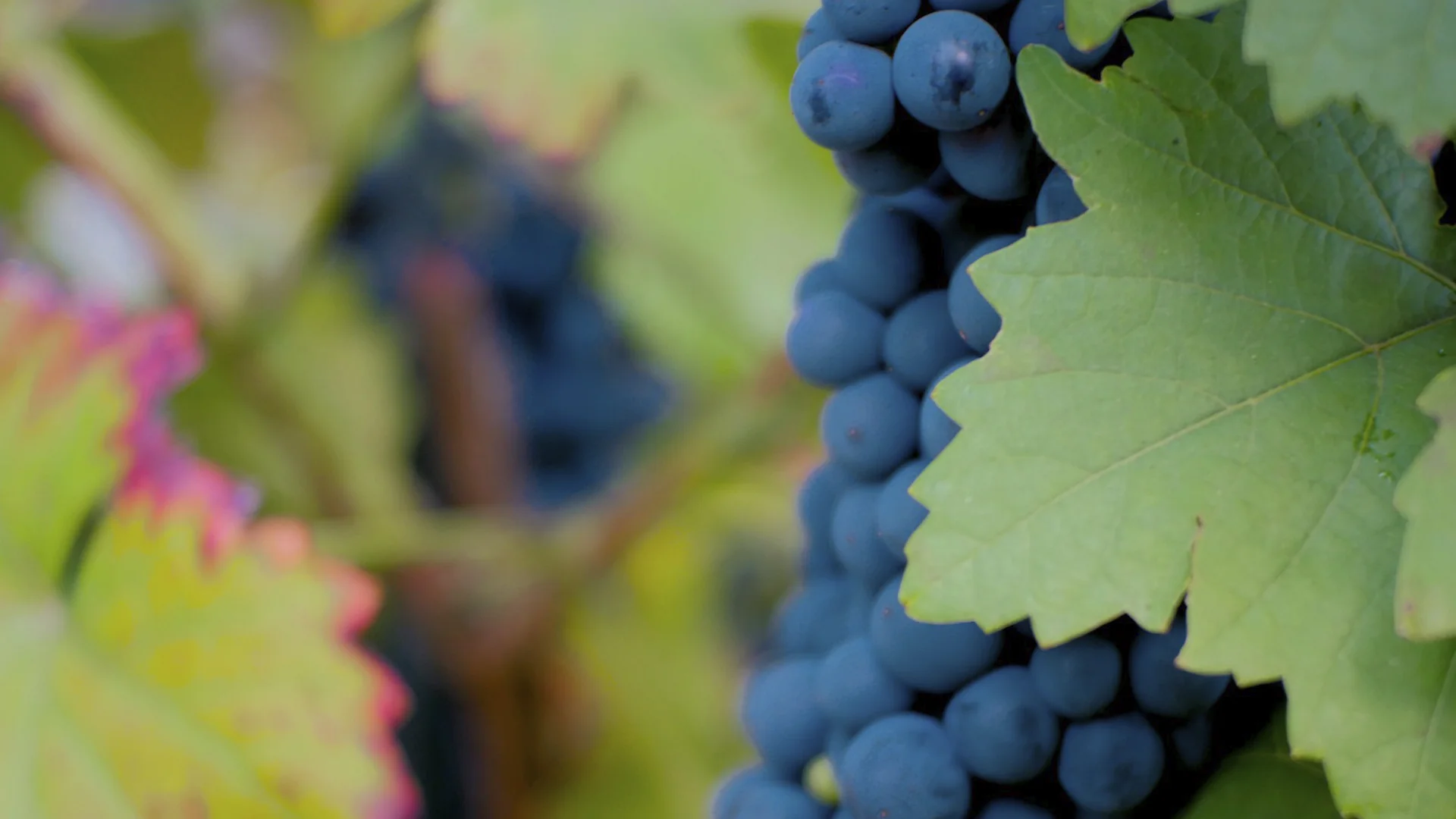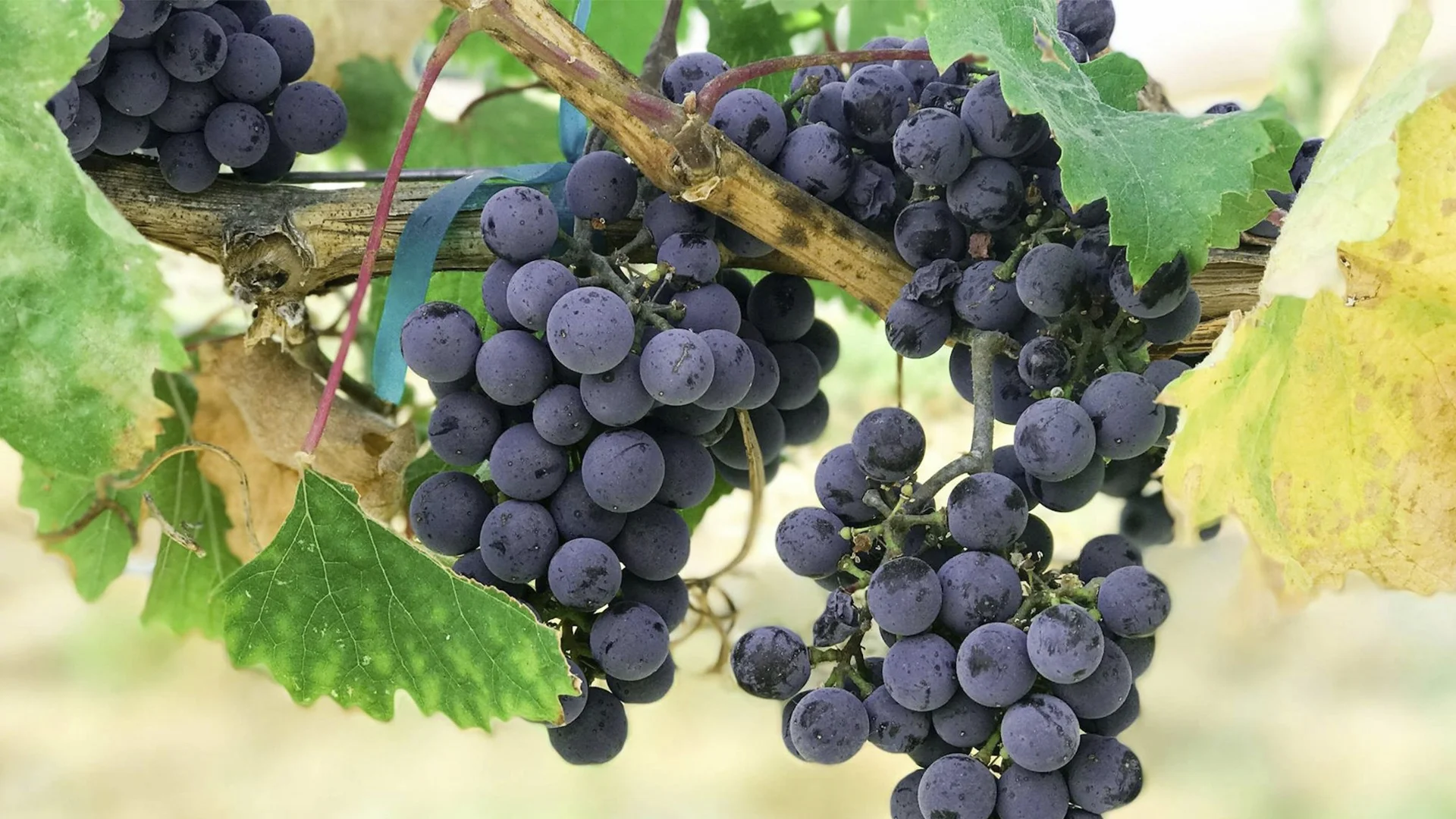
Delve into the world of the Grenache grape, a pivotal varietal in winemaking. This guide offers a thorough understanding of Grenache, starting with its unique traits and how it stands out in the wine spectrum. We'll explore intriguing aspects of Grenache, enhancing its appeal.
We trace Grenache's history and evolution, examining its journey and influence. The guide also covers viticultural factors essential for Grenache's growth, including climate, soil, and environment, highlighting regions ideal for its cultivation.
A key focus is on Grenache's terroir, especially in areas like the Rhône Valley and Spain, and how it influences grape characteristics. We explore sustainable practices and technological advancements in Grenache production, addressing environmental challenges.
Concluding with Grenache-based wines, we celebrate their versatility and flavour range. Join us in this comprehensive journey through the world of the Grenache grape
Have you ever wondered what is garnache? Well Grenache grapes, also known as Garnacha grapes in Spain or Garnache, are renowned for their pivotal role in the world of viticulture. Originating most likely in the northern province of Aragon, Spain, Grenache has become one of the most widely planted red grape varietals globally. Its significant presence in the Rhone Valley of southern France further underscores its importance. But, being such a widely cultivated variety, it is necessary to keep something in mind: if the crops are not managed with care, these European grapes can give yields that are too high. And that, as we know, is likely to result in an inexpensive wine.
Characterized by a relatively low pigment and malic acid content, Grenache grapes tend to oxidize readily. This feature, along with its thin skin and lack of colouring phenolic compounds, makes Grenache particularly suitable for producing pale rosé wines. Grenache grapes are also used to make sweet fortified wines, like the vin doux of Roussillon. If you want to learn about what does Grenache wine taste like, read a detailed Grenache wine description or learn about what is Grenache wine similar to, then you must read our complete in-depth guide about Grenache wines.
The history of the Grenache grape is a captivating tale that intertwines complexity with fascination. Evidence from botany traces its existence as far back as 153 BC, while the first documented reference to Grenache can be found in a record from 1513, specifically in the Aragón region of Spain. The combination of a warm and arid climate, elevated terrains and diverse soils in this area provided the perfect nurturing environment for this grape variety.
In the 14th and 15th centuries, during the expansion of the Crown of Aragón, Grenache embarked on a journey across various Mediterranean regions. It ventured into territories like Roussillon and Southern France, Sardinia, Italy, and even parts of Greece. Particularly in France, especially in the Southern Rhône Valley, Grenache assumed a pivotal role as a key component in renowned blends like Châteauneuf-du-Pape.
From the 18th to the 20th centuries, Grenache set off on a global expedition. It found its way to Africa through the French colonies and played a significant role in kick-starting the wine industry in Australia, where it was among the first grape varieties introduced in the 18th century. In the United States, notably in California, Grenache gained recognition for its ability to yield abundant crops and thrive in hot and arid conditions.
Today, Grenache is celebrated for its versatility and the distinct characteristics it imparts to wines. It is experiencing a renaissance, especially in its European homeland, where winemakers and wine enthusiasts are reconnecting with their cherished traditions. They are crafting modern interpretations from Spanish Protected Designations of Origin (PDOs) like Calatayud, Campo de Borja, Cariñena, Somontano, Terra Alta and French regions like Roussillon with PDOs & Protected Geographical Indications (PGIs).
From Spain's bold and fruity expressions to France's refined and structured wines and Australia's vibrant styles, Grenache continues to enthrall wine enthusiasts with its remarkable adaptability. It remains a timeless grape variety, consistently delivering exceptional wines in diverse regions across the globe.
Grenache thrives in specific viticultural conditions that contribute significantly to their growth and the wines' characteristics.
.webp)
The characteristics of Grenache grapes are significantly influenced by the conditions in which they are grown. The grape's resilience in hot and dry climates plays a crucial role in the development of its high sugar levels. This often results in wines with a substantial alcohol content, typically reaching or exceeding 15% ABV.
Additionally, Grenache's preference for certain soil types, particularly schist and granite, notably impacts its flavour profile. These soil conditions contribute to the complexity and depth of the flavours in the wines produced from these grapes.
Moreover, in areas like Priorat, where Grenache vines are not excessively irrigated, the grapes tend to develop a higher concentration of phenolic compounds. This leads to the production of darker, more tannic wines, showcasing how vineyard practices and terroir intricately shape the qualities of Grenache wines.
The Grenache grape, celebrated for its versatility and resilience, flourishes in several key world wine regions, each offering distinct terroir influences:

Each region's unique combination of climate, soil type, and winemaking traditions imparts distinct characteristics to Grenache wines with medium acidity, ranging from concentrated and tannic to bold and fruity.
The cultivation of Grenache grapes stands as a beacon of sustainability in the viticulture industry. This is largely thanks to the interplay between Protected Designations of Origin (PDOs), Protected Geographical Indications (PGIs), and the commitment of winemakers to sustainable viticulture practices. These elements collectively underscore the environmental and cultural value Grenache grape production brings to various regions.
Grenache grape production exemplifies a harmonious balance between traditional viticulture practices and contemporary ecological concerns. This approach not only preserves the unique character and quality of Grenache wines but also plays a crucial role in the sustainability of the vineyards and their ecosystems. The integration of PDOs, PGIs, and sustainable viticulture is a testament to the wine industry's commitment to environmental responsibility, making Grenache a model for sustainable grape cultivation worldwide
Grenache wines are celebrated for their diverse flavour profiles and the unique characteristics they acquire from different regions. Here's a list of some of the most famous Grenache brands, along with descriptions of their aroma and flavour profiles:
These wines exemplify the versatility of Grenache grapes, showcasing how the terroir of different regions influences their flavour profiles and positions them as notable contributions to the wine world.
In conclusion, the Grenache grape stands as a vital varietal in the world of wine, marked by its rich history, diverse growth regions, and versatile character. Originating from Spain, Grenache has adapted to various climates and soils, showcasing its robustness and flavour complexity. Key regions like France, Spain, Australia, and the U.S. contribute unique terroir influences, enriching the grape's profile. Sustainability in Grenache cultivation is increasingly important, with its natural resilience aligning well with eco-friendly practices. The wide range of wines produced from Grenache, from full-bodied to elegant blends, highlights its vast potential. Grenache's story is a testament to the intricate relationship between grape, terroir, and winemaking tradition.





























































































.webp)

.webp)





Are you interested in
collaborating with us?